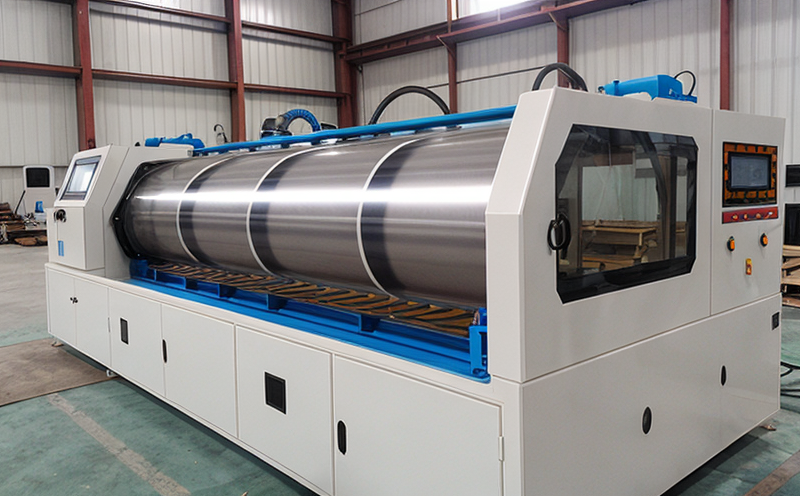Abrasion resistance evaluation of coated upholstery fabrics
The abrasion resistance of coated upholstery fabrics is a critical property that determines their durability and longevity. This test evaluates how well the fabric withstands mechanical wear, which is essential for ensuring that finished products meet quality standards and customer expectations.
Coated upholstery fabrics are widely used in various sectors such as automotive interiors, furniture, and public seating areas where they are exposed to continuous friction from human contact. The abrasion resistance test provides insights into the fabric's ability to maintain its integrity under repeated rubbing or brushing actions. This is particularly important for ensuring that products remain aesthetically pleasing and functional over time.
During this testing process, samples of the coated upholstery fabric are subjected to a controlled rubbing action using an abrasive wheel or similar apparatus. The test measures the amount of material loss per cycle until predefined criteria are met—such as weight loss or visual appearance changes. This evaluation helps manufacturers identify potential issues early on and make necessary adjustments during production.
For accurate results, it is crucial to follow proper sample preparation procedures before conducting the abrasion resistance test. Samples should be cut from different areas of the fabric to account for any variability in coating thickness or application method. Once prepared, these samples undergo rigorous testing according to relevant standards such as ISO 12947-3.
The data collected during this evaluation includes information about both quantitative and qualitative aspects of fabric wear. Quantitative measurements typically involve recording the weight change or mass loss after each abrasion cycle, while qualitative assessments focus on observing changes in colorfastness, texture, or overall appearance post-test. By analyzing these metrics, manufacturers can gain valuable insights into their product's performance under real-world conditions.
Compliance with industry-specific guidelines ensures consistent quality across all batches produced by a company. For example, automotive manufacturers may require upholstery fabrics to meet stringent durability standards set forth by organizations like the American Society for Testing Materials (ASTM). Adhering to these specifications helps maintain brand reputation while also addressing safety concerns related to passenger comfort and vehicle longevity.
In summary, evaluating abrasion resistance is an essential step in developing high-quality coated upholstery fabrics. It allows manufacturers to identify strengths and weaknesses within their products early on, leading to improved designs that better serve customers' needs. By following best practices for sample preparation and adhering to relevant standards, companies can ensure they produce durable materials capable of withstanding the demands placed upon them.
Applied Standards
| Standard Reference | Description |
|---|---|
| ISO 12947-3:2016 | Determination of abrasion resistance of textile fabrics by the Martindale method. |
| ASTM D3784-15 | Standard test methods for abrasion of textile materials using the Martindale Abrasion Tester. |
Why Choose This Test
- Ensures compliance with industry-specific durability requirements.
- Provides valuable insights into product performance under real-world conditions.
- Identifies potential issues early in the development process, allowing for timely corrections.
- Aids in achieving consistent quality across all production batches.
Customer Impact and Satisfaction
- Enhances customer confidence by meeting strict quality standards.
- Promotes brand reputation through the delivery of reliable, long-lasting products.
- Reduces warranty claims and returns due to premature wear or failure.
- Increases overall customer satisfaction by providing durable, high-quality upholstery fabrics.





